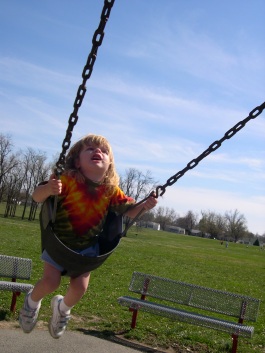
COMMON CHILDHOOD ILLNESSES AND CONDITIONS
FEVER
Fever is the body's normal response to viral or bacterial infection. The temperature alone, however, is not a good indication of the severity of the infection. Your child's appearance and behavior are better indicators of illness. Please note also that fevers less than 102° F are expected in the first 24 hours after a DPT immunization. All children under 8 weeks of age with any temperature over 100° F should have their temperature rechecked and verified, then call the doctor.
HOME CARE:
- If your child is under 12 weeks of age, call your doctor if her temperature stays above 100°
- Give acetaminophen (NO ASPIRIN) or ibuprofen according to dosing chart on page 68. Also remember that your child may not experience any changes in temperature for 1 hour after taking acetaminophen or ibuprofen
- For persistent fevers over 102° which remain unchanged using either acetaminophen or ibuprofen separately, you may alternate acetaminophen or ibuprofen every four hours. For example . . .
8:00 am 12:00 noon 4:00 pm 8:00 pm
acetaminophen ibuprofen acetaminophen ibuprofen
- Push fluids frequently in small amounts. Avoid diet pop. Your child needs the calories! See Dehydration suggestions on page 45.
- Bathe your child in a lukewarm bath for 20 minutes. You might want to give your child a popsicle in the bathtub (frozen fluid with easy cleanup!)
- Dress the child in light weight clothing.
- Use acetaminophen suppositories if the child is vomiting. No prescription is needed. You usually have to ask your pharmacist for these.
Do not use alcohol rubs.
CALL THE DOCTOR DURING OFFICE HOURS IF YOUR CHILD:
- Maintains a fever greater than 102° for 24 hours despite appropriate home care
- Temperature returns 24 hours after it seemed to go away
- Maintains temperature greater than 100° over 72 hours without other symptoms
CALL THE DOCTOR IMMEDIATELY IF YOUR CHILD:
- Is less than 12 weeks old
- Has a fever over 105°
- Maintains a fever over 103° for one hour after a lukewarm bath and the correct dosage of acetaminophen or ibuprofen
- Cries inconsolably or whimpers or cries if moved
- Is difficult to arouse
- Develops purple spots that look like bruises on her skin
- Experiences difficulty breathing
- Drools because she is unable to swallow
- Looks very sick


